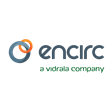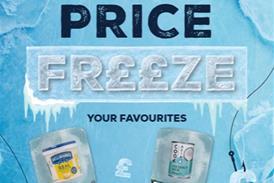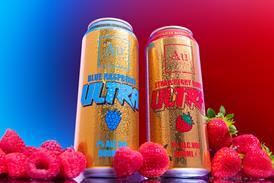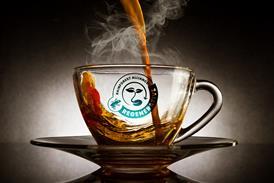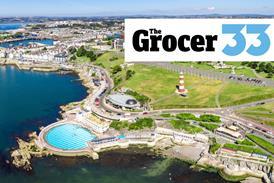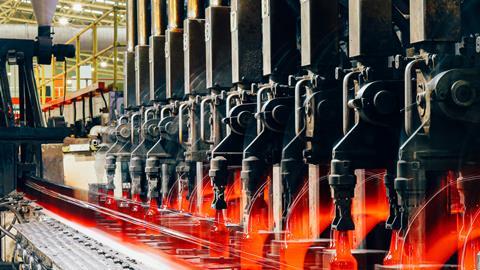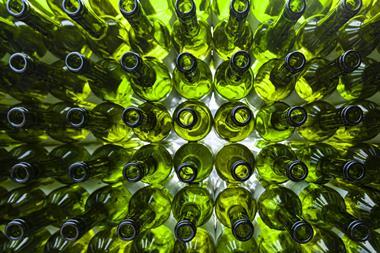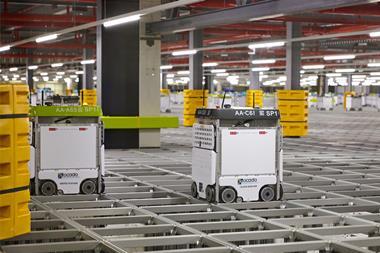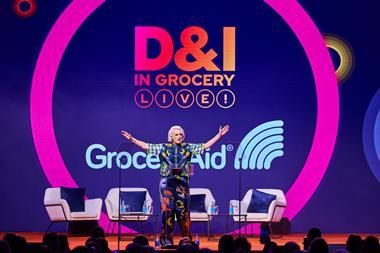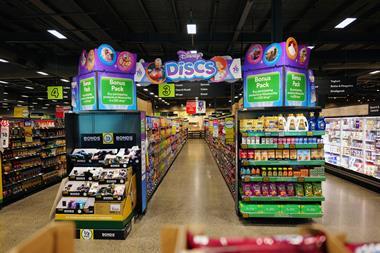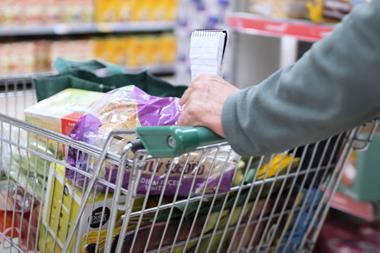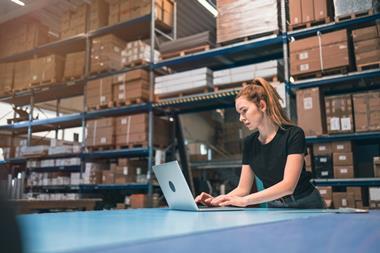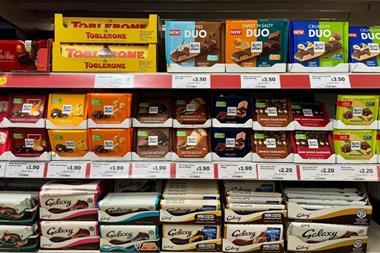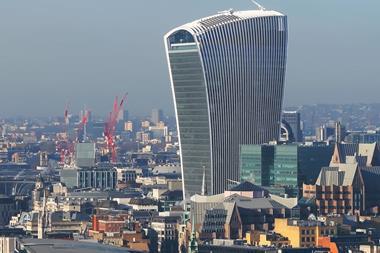As the Extended Producer Responsibility scheme launches this month, glass packaging is positioned as a key sustainable solution that balances environmental benefits with consumer trust and experience.
The past year has seen several pivotal moments that highlight the urgent need for progress in packaging sustainability.
If 2025 is to be remembered as a turning point for the better, businesses, policymakers and retailers will need to go beyond words and actively support sustainable packaging solutions. Consumers today are far more aware of these issues and are increasingly choosing alternatives where they are available. This shift in behaviour should be a catalyst for action.
Making policy work for sustainability
The Extended Producer Responsibility (EPR) scheme, launching this month, aims to encourage higher recycling rates by shifting recycling costs to the companies that put packaging on the market. It is a well-intentioned step forward, but its weight-based approach could have unintended consequences.
Materials like glass, infinitely recyclable, chemically safe and widely trusted by consumers, may face higher charges than lightweight but less sustainable options. A tax system designed to promote sustainability should ensure it supports packaging solutions that are both recyclable and safe, rather than unintentionally discouraging them.
A promising avenue for policy could be to consider not only recyclability, but also the carbon footprint of packaging. Just as more consumers are examining the environmental impact of their food choices, many would welcome greater transparency on the impact of packaging.
Here, glass offers distinct advantages. It can be made using a high proportion of recycled content, drastically reducing energy use and emissions. Innovations in low-carbon fuels and hydrogen technology are progressing towards cutting the footprint of glass manufacturing even further, helping the material to compete strongly in a carbon-conscious economy.
Keeping the customer at the centre
Sustainability, however, must go hand in hand with consumer experience. When packaging changes are made, customers need to feel that quality, usability, and trust are maintained. Past experiences show that if packaging compromises convenience or enjoyment, even well-meant changes can backfire.
Glass aligns strongly with consumer expectations. Surveys continue to show that people prefer the taste of food and drink packaged in glass and trust it to keep products fresh without altering flavour. Just as importantly, glass is chemically inert.
In addition, glass is one of the few packaging materials that can be recycled endlessly without any loss in quality. Each recycled bottle or jar can return to the shelf as new packaging in as little as 30 days. This closed-loop cycle not only conserves resources but also keeps waste out of landfill and oceans.
Seizing the opportunity
Glass offers a rare combination of benefits: safe for health, endlessly recyclable, increasingly low-carbon, and consistently trusted by consumers.
With the right support and a clear focus on both sustainability and customer experience, packaging can become a driver of positive change.
This moment offers the chance to take a glass-half-full approach, one that recognises the challenges but also the opportunities, ensuring that the future of packaging is healthier, greener and built to last.
To learn more about how Encirc experts can help your business, visit: https://www.encirc360.com/
Or contact: Mark Conway: mark.conway@encirc360.com
